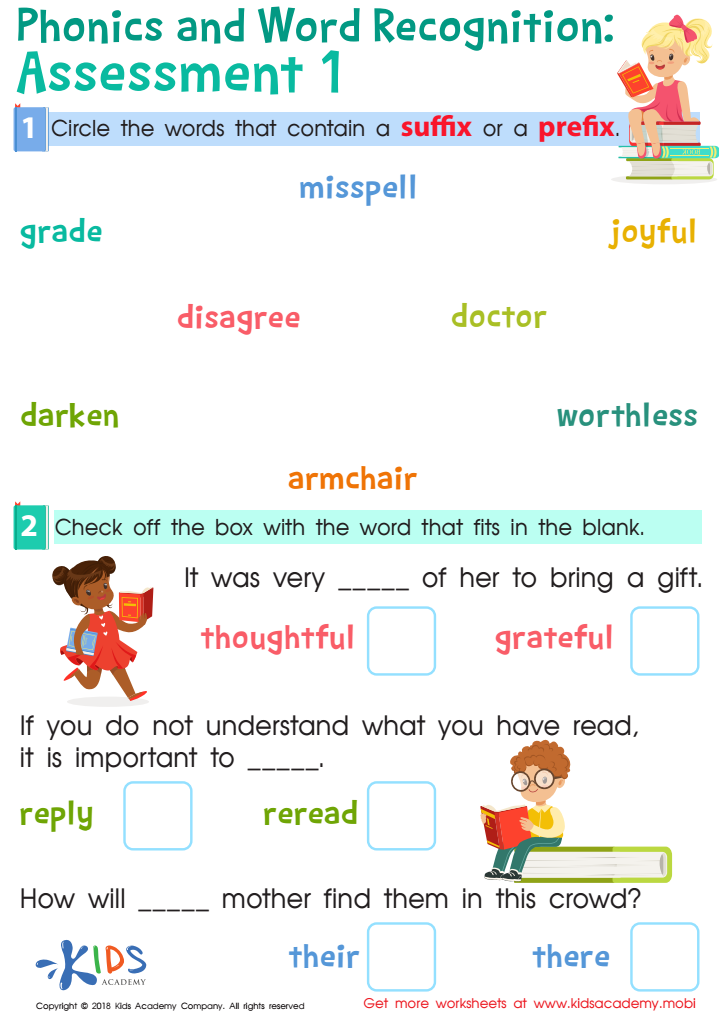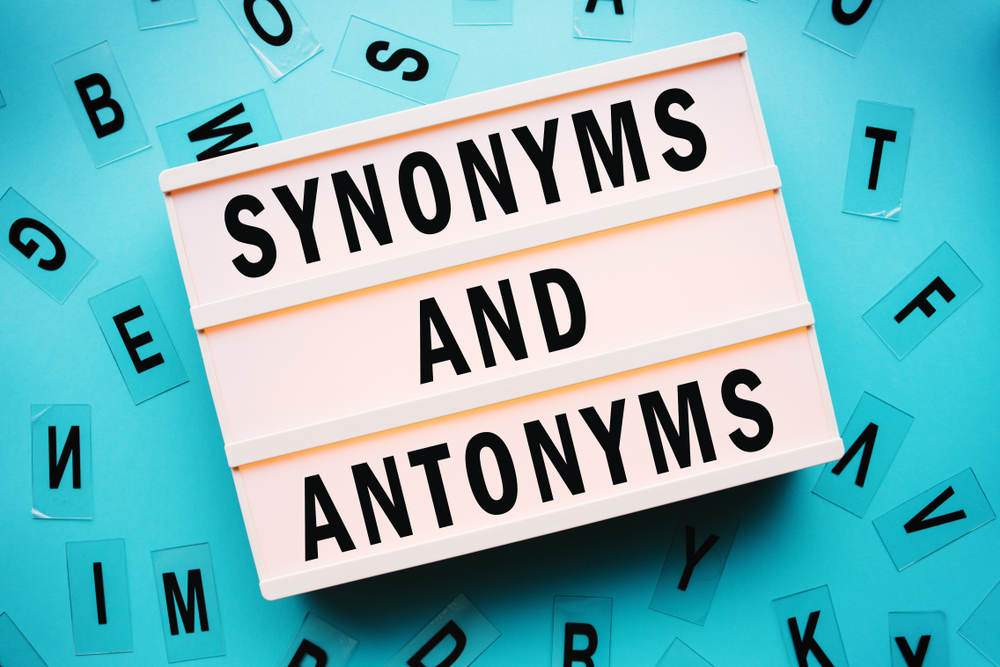Normal Elementary Phonics worksheets activities for 8-Year-Olds
1 filtered results
-
From - To


Phonics and Word Recognition: Assessment 1 Worksheet
Normal Elementary Phonics worksheets activities are an indispensable tool in the foundational stage of reading and writing in young learners. These activities are meticulously designed to cater to the developmental needs of children in understanding the basic building blocks of language. The utility of these worksheets spans several key areas of literacy development, underlining their importance in elementary education.
First and foremost, Normal Elementary Phonics worksheets activities focus on the systematic learning of the relationship between letters and sounds. This foundational knowledge is crucial for decoding words, a skill necessary for reading fluency and comprehension. By engaging with these worksheets, children develop the ability to recognize letter sounds, blend them into words, and eventually read sentences and stories with confidence.
Moreover, these activities enhance phonemic awareness, which is the ability to hear, identify, and manipulate individual sounds in words. This skill is vital for spelling and the understanding that words are made up of smaller sound units. Normal Elementary Phonics worksheets provide a structured way for students to practice these skills through activities such as matching letters to sounds, segmenting words into sounds, and blending sounds to form words.
Consistent practice with these worksheets also supports vocabulary development. As children learn to decode words, they also learn their meanings, leading to an expanded vocabulary. This increased vocabulary then supports comprehension, as students can understand more of what they read and hear.
Furthermore, Normal Elementary Phonics worksheets activities are tailored to cater to diverse learning styles. They include a variety of exercises such as coloring, matching, word puzzles, and writing practice, ensuring that all students can engage in a way that best suits their learning preferences.
In conclusion, Normal Elementary Phonics worksheets activities play a pivotal role in laying a strong foundation for reading and writing. They not only equip children with the essential skills of decoding and phonemic awareness but also foster vocabulary development and cater to diverse learning styles. These activities are fundamental in setting children on the path to becoming proficient and confident readers and writers.

 Assign to My Students
Assign to My Students




















